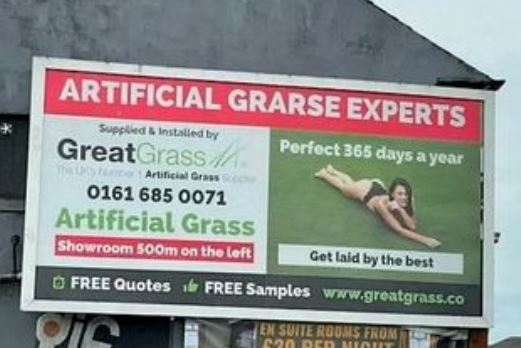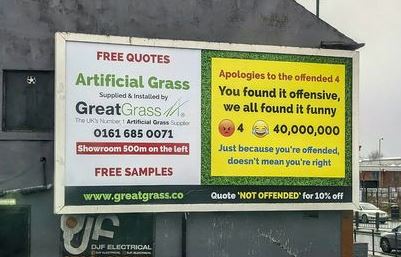Here’s an interesting take on the whole Bud Light debacle:
“When the company was bought over by InBev, a lot of things changed [from] when it was owned by Anheuser-Busch. You know, it’s an American brand,” the whistleblower remarked.
He explained that the company previously offered many benefits prior to its purchase by InBev. Through the fall in sales for the Bud Light brand, the former employee stated, the corporation could restructure both employee benefits and its company standards through layoffs and renegotiating contracts.
“Bud Light has been failing for many years. We’ve talked about that for many years. The numbers of just, you know, little by little deteriorated. And it feels like they said, ‘Let’s put this nail in the coffin,’” he said. “Now we have a lot of layoffs, a lot of loss in production. It would be easy for them to restructure, let’s say, pay or contracts.”
“It’s too obvious that they wouldn’t just mistakenly do this and not expect these repercussions. Anybody could tell you what was going to happen,” he commented.
Um, maybe. Okay, I’m not so sure about that. In the first place, when it comes to giant corporations, never ascribe to malice what can also be ascribed to stupidity. Sometimes it happens, but that ain’t the way to bet.
The most telling rebuttal to this assertion is quite simple. Regardless of whether Bud Light was in decline, or not, it was still the best-selling beer brand in the United States. And yes, while A-B might have stood to gain from restructuring salary scales or employment contracts, I hardly think that those savings would equate to anything like the amount of money that’s been lost (and will continue to be lost) from their plummeting sales and the equally-dismal drop in their share price. If some toad in Finance suggested this, he needs to be castrated, in the corporate sense, because if even someone like me can see this, then he’s truly stupid.
Regardless of everything else, you just don’t willfully destroy your #1 brand, especially when it’s as large a brand as Bud Light. The sums of money are just too vast, the possible repercussions too dreadful because they’re unknown — the ramifications could see A-B split up as a company into separate operating companies (Michelob, Busch, etc.) and the loss of economies which stem from shared brands would cripple all of them. They’d become no different from a bunch of craft brands — and regardless of what anyone thinks, A-B brands are about as far from craft beers, in both quality and consumer regard, as one could get.
No, the whole thing is just way too Machiavellian and too complex — and trust me, it’s not like InBev is staffed with people of the strategic vision of, say, the German General Staff of WWII, even. They’re a bunch of Belgian and American bureaucrats, a breed not known for their perspicacity. And let’s be honest, the Belgies are among the wokest people on the planet, so I’m more likely to ascribe all this bullshit to simple corporate vanity.
Of course, if I’m wrong and this really was just part of some diabolical Master Plan, I hope it all falls apart and the whole A-B/InBev house comes crashing down. The world will survive and who knows, we might just end up with a few decent beers out of the wreckage.


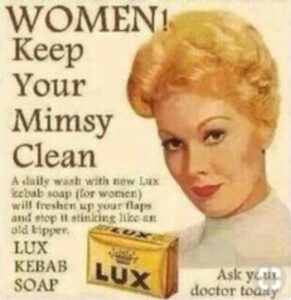
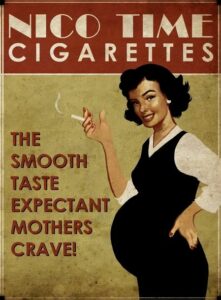
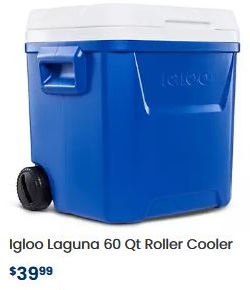
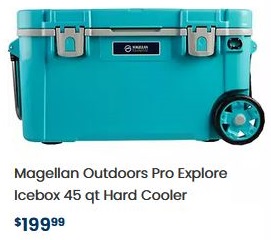
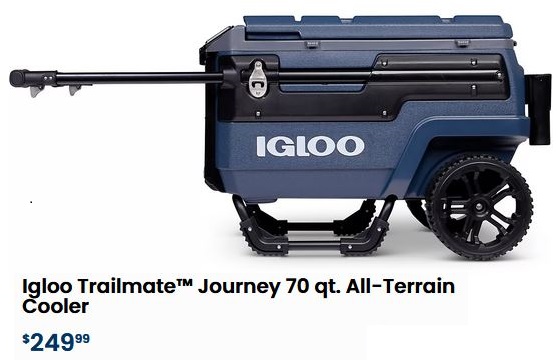
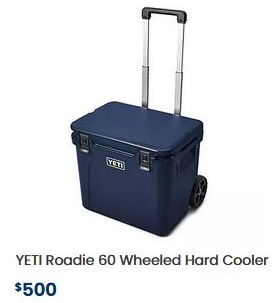 …ummmmm
…ummmmm
